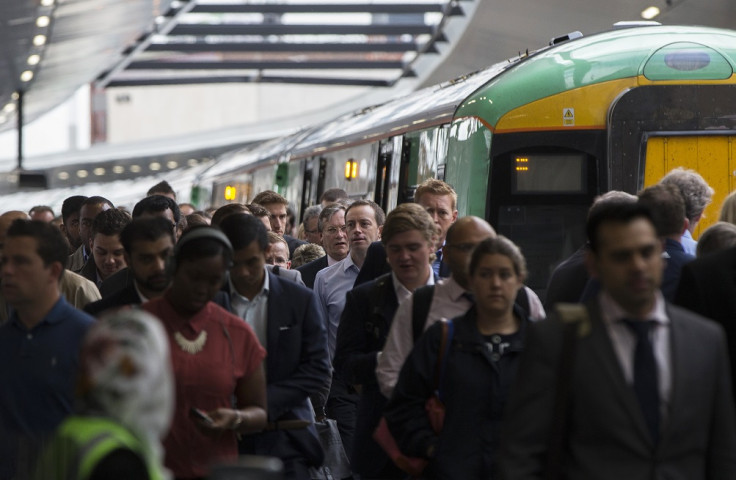London rail network: TFL set to take over capital's creaking suburban lines and turn map Overground orange

Beleaguered London commuters could soon have a new "metro-style" rail service into and out of the capital after the government and Boris Johnson launched proposals for Transport for London (TfL) to take over the capital's creaking suburban network.
Plans have been in the pipeline for TfL to assume control of London's rail lines and the decision to move forward with them will delight rail passengers desperate for better services. Under the plans, which would start to be rolled out from 2017, TfL would manage Great Northern, Southern, Southeastern, South West and Thameslink services.
The changes would bring in "more frequent services, more reliable trains, better interchanges and increased capacity", TfL said, and benefit commuter using services from Cannon Street, Charing Cross, Moorgate, London Bridge, Victoria and Waterloo.
The newly created "London Suburban Metro" service would borrow the principles of the London Overground service, a TfL spokeswoman said, with the potential for more than 80% of stations to have a train every 15 minutes, up from 67% today. More regular services would also run via Clapham Junction, South East London and Kent.
"With the Capital's population set to rise from 8.6 million today to 10 million by 2030, and significant population growth in the surrounding region, it is essential that the rail network continues to support housing and jobs," a TfL statement said.
"Frequent and reliable rail services are vital to create better connections and unlock new areas for development as well as enhancing peoples quality of life and ensuring the region's towns remain attractive places to visit and do business."
A map produced by the Campaign for Better Transport shows rail travel has grown exponentially since 1997, albeit it very unevenly. Growth in London and the South East has been particularly strong for example, with London Waterloo seeing over 40 million more entries and exits than in 1997, whilst other areas, like Humberside, have been much weaker. Many regional cities have also seen a huge increase in passengers with Leeds station experiencing 18 million more entries and exits than in 1997 and Birmingham New Street experiencing 25 million more.
The map also shows a number of lightly used stations, for example Gainsborough Central in Lincolnshire, which attracted 1,500 journeys in 2014/15 but only has services on Saturdays. Highlighting the potential of such stations the map reveals a number of similarly lightly used stations in 1997 are now thriving, including Needham Market in Suffolk, which has seen 13-fold increases in passengers, and Gowerton in Wales which has seen a 17-fold increase.
Transport Secretary Patrick McLoughlin said the government was "committed to making journeys better across London and the south east" and the proposals, which include input from Local Enterprise Partnerships and other local and regional bodies, represented a huge opportunity to transform travel by "putting passengers at the heart of the rail network.
The Mayor of London said in a statement: "Our railways have been the workhorse of the London and South East economy since Victorian times. They're key in the day-to-day lives of millions of people and vital to our future prosperity, and that's exactly why this new partnership is such a seminal moment.
"By working closely together and taking on these new services, we're going to emulate the success of the London Overground and give the entire capital and surrounding areas the services they truly deserve."
The move was also welcomed by London mayoral candidates Sadiq Khan, Zac Goldsmith and Caroline Pidgeon, who said commuters deserved better train services.
© Copyright IBTimes 2025. All rights reserved.






















